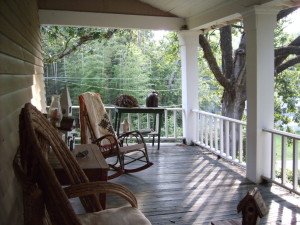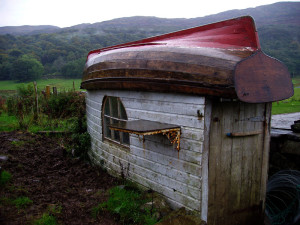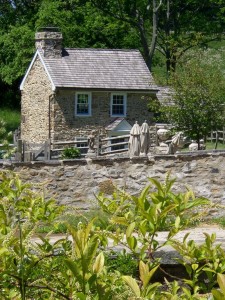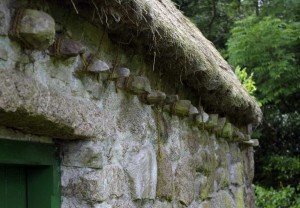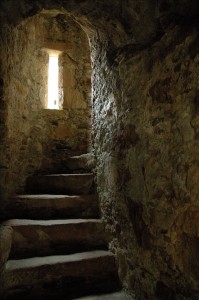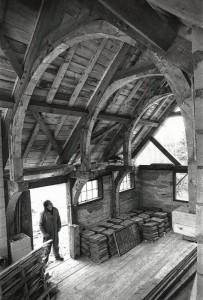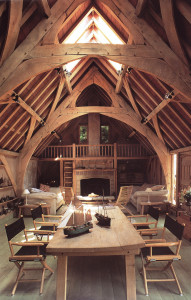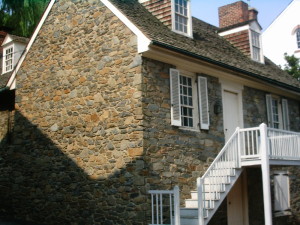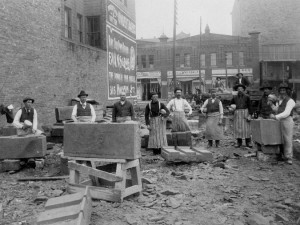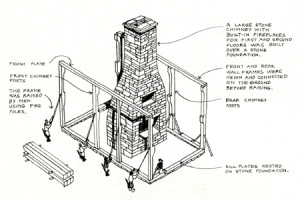An eight foot porch
I have a dear friend who purchased a new home a few years ago complete with a front porch. But, for some reason (likely money savings), the architect and builder made the porch only four feet wide. A porch this narrow is wide enough to put furniture across it, and allow people to squeeze in there with barely enough leg room to not touch the railing. Go figure.
I have found the ideal size of a porch to be eight feet. Any larger and the porch often overwhelms the house (unless it is a large home), and any smaller and it’s just not practical.
Originally posted 2015-08-29 13:28:18.

